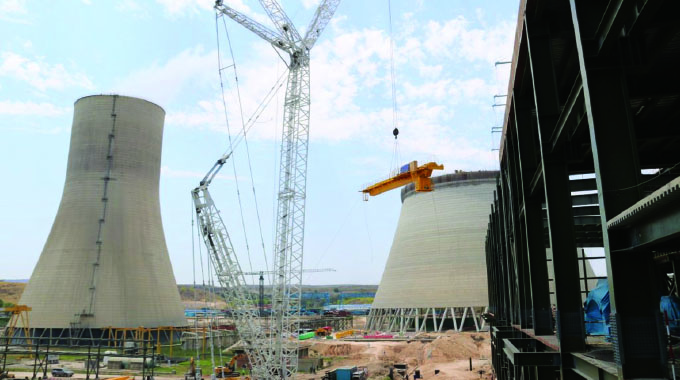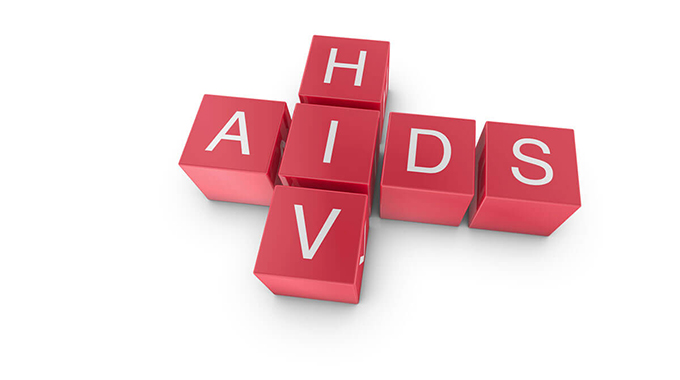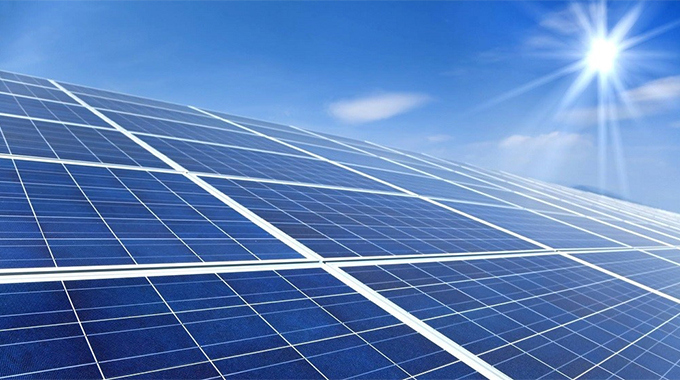Power generation rises as Unit 7 performs well

Nqobile Bhebhe
Bulawayo Bureau
POWER generation is on a steady increase with output reaching 1 071 megawatts yesterday with the upgraded Hwange Thermal Power Station contributing the bulk of it, a development expected to ease power cuts and supply industries with the key production resource.
Last month, Hwange Power Station’s Unit 7 was successfully synchronised with the national grid with officials saying the unit has not developed any problems and yesterday output reached 708 megawatts at the station.
In late February, Hwange Thermal Station production levels dropped to merely 74MW, the lowest for the country’s biggest thermal station, which has an installed generation capacity of about 920MW.
That left Kariba Hydropower Station becoming the anchor, producing about 250MW.
The upgrade that has resulted in increased power generation is a component of the US$1,4 billion Hwange Unit 7 and 8 expansion project whose construction began in August 2018, following a ground-breaking ceremony by President Mnangagwa.
Yesterday’s 708 megawatts that went into the national grid from Hwange represent a major turnaround, signifying government’s commitment to provide the nation with adequate electricity.
According to daily production figures, Zimbabwe Power Company said as of yesterday, Hwange Power Station produced 708MW, Kariba Hydropower Station 350MW and Munyati 13MW.
On Sunday, 1050MW was produced of which Hwange contributed 685MW, Kariba 350MW and Munyati 15MW.
The continued improvement in power generation will help Zimbabwe reduce electricity imports and ease power cuts, which will drive increased industrial production as there will be guaranteed electricity supply, a key economic enabler and driver towards realisation of national goals in line with Vision 2030.
Before the expansion project, Hwange Power Station had an installed capacity of 920MW and the addition of 600MW from Units 7 and 8 will take the installed capacity to 1 520MW.
With Kariba South having already been expanded, resulting in the addition of 300MW into the grid to take the installed capacity to 1 050MW, there will be adequate electricity to meet industrial, commercial and domestic demand.
Giving insights on the business environment, the Confederation of Zimbabwe Industries (CZI) is optimistic of the country’s electricity situation this year, projecting that from April the prospects look bright as it expects water levels at Kariba to improve step up generation and further improve power supplies.
CZI noted that 2022 was characterised by enhanced load shedding, as demand fell far below available supply.
However, it said due to various interventions in place, the 2023 energy situation looks bright.
A number of renewable energy projects are also at different stages of implementation.
“The prospects for 2023 look bright from April to November when Kariba water levels improve. It is expected that improved rainfall patterns in the north along the Zambezi River will increase inflows into Lake Kariba.”
It observed that Hwange Unit 7 and 8 are expected to add 600MW to the grid, which would see power cuts declining by May.
According to the lobby group, “this means that the outlook is positive in 2023 as far as energy availability is concerned. Given the extent to which alternatives, such as fuel powered generators, were increasing operation costs, it is expected that competitiveness will be enhanced as the power situation improves.”
Players in the business and energy sector say the country will need to boost electricity supplies to 2 350MW by 2025 to meet demand, especially from the mining sector.
The country’s economy is on a rebound due to various policies initiated by the Government that have seen growth in the mining and agricultural sectors.
Several other power generation projects in the country are either underway, on the drawing boards or are about to start.
Among them is the rehabilitation of Hwange units 1 to 6 to be financed by a US$310 million Indian financing facility that has already been secured.
Hwange unit 1 to 4 have an installed power generating capacity of 120 megawatts each, but because of degeneration of the plants over the years, output is far lower.
Units 5 and 6, on the other hand, have an installed production capacity of 220 megawatts, but suffer the same fate due to plant degeneration.
Work on the projects, which will be done in phases, is expected to start next year, and completed by 2025.









Comments